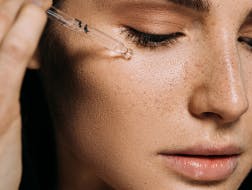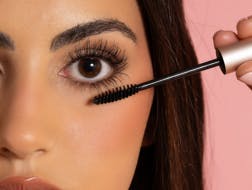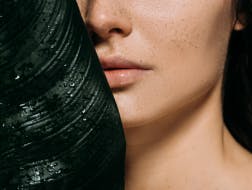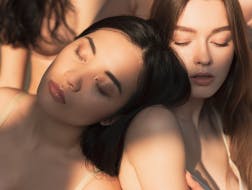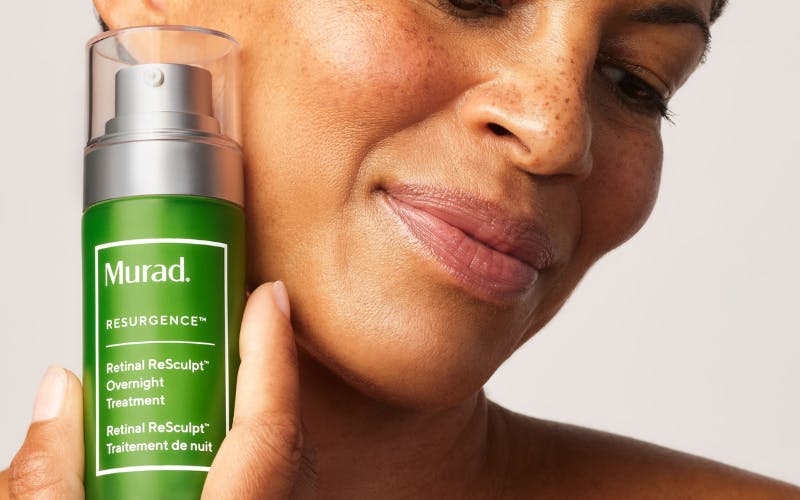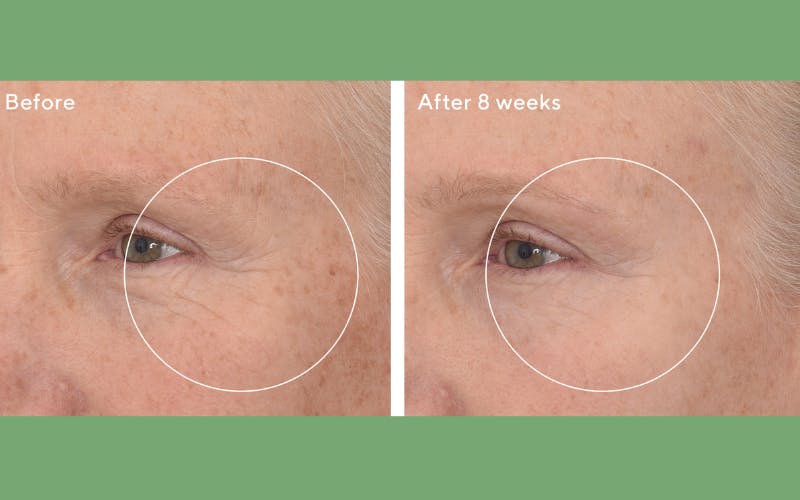Unveiling the Mystery of Retinoids
A Guide to Choosing the Perfect Retinoid for Your Skin
Blog Credit: Katy Bacon | Murad
Welcome, skincare enthusiasts! If you've ever felt lost in the vast sea of retinoids, fear not. We're here to help you navigate through the world of skincare superheroes. With over 4,000 types of retinoids out there, it's no wonder choosing the right one can be a bit overwhelming. But fret not! We'll break it down for you and help you discover your retin-type: A or O. So, let's dive in!
First things first, what exactly are retinol and retinal? Well, both retinol and retinal belong to the family of vitamin A-derived compounds known as retinoids. These little wonders have been extensively studied and proven to work wonders for your skin. They can boost collagen production, promote skin health, and fight off those pesky blemishes.
Now, let's meet the contenders:
Retinol: This is a widely known and loved form of retinoid. It's one step further removed from retinoic acid (the most potent form). Retinol takes a bit longer to show results because it needs to be converted to retinaldehyde and then to retinoic acid. However, this extra step also makes it less likely to cause irritation, making it an excellent choice for retinoid rookies and those with sensitive skin.
Retinal: Also known as retinaldehyde, this little gem is just one step away from retinoic acid. It's more potent than retinol and can deliver results more quickly. If you're dealing with intense signs of aging like deep-set wrinkles, sagging skin, rough texture, or uneven tone, retinal might be your best friend.
Now that we've met the contenders, it's time to choose which one is right for you. Remember, the choice depends on your skin type and concerns. Here's a handy guide to help you decide:
Retinal may be the perfect fit if:
· You're experiencing more dramatic signs of skin aging.
· You want to see results more quickly.
· Your skin is resilient, and you're looking for the most potent ingredient without a prescription.
· Retinol may be the best choice if:
· You have more sensitive skin.
· You're new to retinoids and want to target less intense signs of aging.
· You want to take a proactive approach to prevent aging.
Shop Retinal ReSculpt Overnight Treatment
But wait, will retinoids irritate your skin? It's possible, but fear not, we've got some tips to keep potential side effects at bay:
Start low and slow: Begin with a small amount of retinoid, like retinal, and alternate days of application. This approach works wonders, especially for sensitive skin types.
Create a "moisture sandwich": Apply a moisturizer before applying the retinoid, and then seal in the hydration with another layer of moisturizer. This technique helps combat dryness and prevents flakiness.
Never skip SPF: Retinoids can increase your skin's sensitivity to the sun, so always remember to apply a broad-spectrum sunscreen with at least SPF 30 during the day when using these ingredients. Sun protection is essential for healthy, happy skin!
Now, let's talk about the art of layering. Can retinal be mixed with other ingredients? Absolutely! Here's a handy cheat sheet:
Hyaluronic acid and retinal: A big YES! Hyaluronic acid binds water to the skin and can be layered underneath retinal to combat potential dryness and boost those line-plumping effects.
Ceramides and retinal: Another YES! Ceramides help prevent moisture loss, making them an excellent companion for retinal. Layering them together will help offset dryness and maintain a strong skin barrier.
Vitamin C and retinal: NO, these two should go solo. To ensure their efficacy, we recommend using vitamin C in the morning and retinal at night. And don't forget to follow up with SPF during the day for added sun protection.
Benzoyl peroxide and retinal: Nope, not a good mix. Benzoyl peroxide can deactivate the efficacy of retinal. If you have acne-prone skin and want to use both ingredients, use benzoyl peroxide in the morning and retinal at night to get the best of both worlds.
AHAs/BHAs and retinal: Steer clear of layering them together. Using AHAs or BHAs with retinal can lead to dryness, redness, and irritation. To maximize effectiveness while minimizing skin damage, stagger their application instead.
Now armed with this knowledge, go forth and conquer the world of retinoids! Choose the perfect retin-type for your skin and craft your skincare routine accordingly. Remember, a little patience and consistency will go a long way on your journey to healthier, more radiant skin. Happy retinoid hunting!

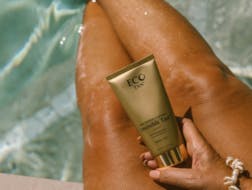
.png?ixlib=gatsbyFP&auto=compress%2Cformat&fit=max&rect=0%2C0%2C252%2C190&w=252&h=190)
.png?ixlib=gatsbyFP&auto=compress%2Cformat&fit=max&rect=68%2C0%2C663%2C500&w=252&h=190)

